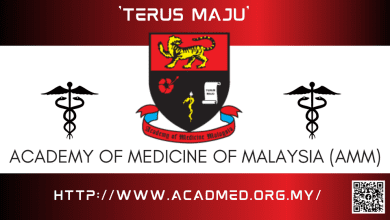Orthopaedic Health
By Dr Suresh Siva
Lately I have been seeing many patients in my clinic with shoulder pain. Usually it creeps up on them and is rather insidious in nature but occasionally the pain is sudden and comes on after a bout of activity or heavy lifting. Occasionally the shoulder pain is due to problems in the neck!
Most shoulder problems fall into four major categories:
- Tendon inflammation (bursitis or tendinitis) or tendon tear
- Instability
- Arthritis
- Fracture (broken bone)
Other much less common causes of shoulder pain are tumors, infection, and nerve-related problems.
Bursitis
This is caused by overuse of the shoulder resulting in inflammation and swelling of the tissue between the shoulder muscle and the bone or acromion. Sometimes a bone spur causes this. The result is a condition known as subacromial bursitis. Many daily activities, such as combing your hair or getting dressed may become difficult.
Tendinitis
A tendon is a cord that connects muscle to bone. Most tendinitis is a result of a wearing down of the tendon that occurs slowly over time, much like the wearing process on the sole of a shoe. Sometimes the tendon tears due to sudden injury or overuse and wear and tear.
Impingement
Shoulder impingement occurs when the top of the shoulder blade (acromion) puts pressure on the underlying soft tissues when the arm is lifted. As the arm is lifted, the acromion rubs, or “impinges” on the underlying muscles. This can lead to bursitis and tendinitis, causing pain and limiting movement. Over time, severe impingement can even lead to a muscle tear.
Instability
Shoulder instability occurs when the head of the upper arm bone is forced out of the shoulder socket (dislocation). This can happen as a result of a sudden injury or from overuse.
Shoulder dislocations can be partial, with the ball of the upper arm coming just partially out of the socket. This is called a subluxation. A complete dislocation means the ball comes all the way out of the socket.
Once the ligaments, tendons, and muscles around the shoulder become loose or torn, dislocations can occur repeatedly. Recurring dislocations, which may be partial or complete, cause pain and unsteadiness when you raise your arm or move it away from your body. Repeated episodes of subluxations or dislocations lead to an increased risk of developing arthritis in the joint.
Arthritis
Shoulder pain can also result from arthritis. There are many types of arthritis. The most common type of arthritis in the shoulder is osteoarthritis, also known as “wear and tear” arthritis. Symptoms, such as swelling, pain, and stiffness, typically begin during middle age. Osteoarthritis develops slowly and the pain it causes worsens over time. Osteoarthritis may be related to sports or work injuries and chronic wear and tear. Often people will avoid shoulder movements in an attempt to lessen arthritis pain. This sometimes leads to a tightening or stiffening of the soft tissue parts of the joint, resulting in a painful restriction of motion.
Fracture
Fractures are broken bones. Shoulder fractures commonly involve the clavicle (collarbone), humerus (upper arm bone), and scapula (shoulder blade). Fractures often cause severe pain, swelling and bruising around the shoulder.
If you are suffering from any of the above-mentioned shoulder conditions you should seek attention from your orthopaedic surgeon. Your doctor may prescribe medication to reduce inflammation and pain. You may also benefit from specialized physiotherapy and exercises. Your surgeon may also recommend injections or surgery to relieve the shoulder problem.


